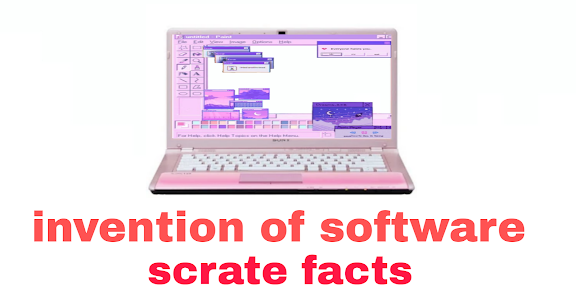We might have come a long way since the first trip to the moon. But at one point, even the first mission was going to fail miserably. Thanks to Margaret Hamilton's software, Neil Armstrong was able to land on the moon successfully back in 1969. Today, I will tell you about Margaret and her invention of the software program that took us to the moon. It was when Margaret moved to Boston, Massachusetts with her husband and daughter Lauren that she started working on computers. Margaret joined the MIT as a programmer to support her husband's graduation. Though software as a concept was very new, Margaret always saw potential in it. A software was a group of programs that enabled the computer to multitask without humans intervening. Margaret felt software's could make the computer a more efficient machine. In the earlier days, computers were huge machines that performed only one task at a time. The world was on the verge of a giant leap, thanks to the Apollo program launched by J.F. Kennedy in 1961. Apollo program was a mission that was planned to get man to the moon. The space flight Apollo was to carry two of the first ever portable computers. One of them was known as the Eagle that helped them land on the moon. And the other was known as the command module that carried astronauts to and from Earth.
As lucky as Margaret was, she was offered to be a part of this project. As the Apollo project progressed, the importance of software in accomplishing the mission became clearer with time. The initial software was for error detection, data recovery, restarts and the display interface routines. Margaret's software had become important to the mission. But there was one final hurdle before it became the hero of the mission. A few days before the mission, Margaret's four-year-old daughter Lauren was playing in the lab. As she toyed with the computer keyboard. Lauren had crashed the stimulator by pre-launching a program called P01. Margaret was able to rectify it, but she feared that such accidents could happen again. She warned her seniors to take precautions, so that no mistake of the astronauts would abort the mission. But her insistence wasn't entertained. People told her that astronauts would not make such errors.
But people were proven wrong. Apollo eight was sent to orbit the moon. An astronaut on the spaceflight pressed the wrong button, which caused loss of the entire data. In addition, the astronauts were stuck in space. Had there been a software, it would have identified the important data before deleting it. You see, how important a software can be? Margaret and team spent 9 hours to come up with a solution. They had to send new data to the computers in order for them to come back safely. Margaret knew that astronauts could also make errors that could be fatal. As time passed, she got ready for the next mission, Apollo 11. Then again on 20th July 1969, just 3 minutes before yet another landing of Apollo 11 on the moon. The eagle started throwing out worrying error messages. The computer was unable to process the landing on moon. Because of the many unnecessary calculations, it had been doing. Like the previous time, the computer needed a software to prioritize amongst its tasks. But thanks to Margaret, she had already designed a software for any error that could have popped up. The software began eliminating lower priority tasks and was re-establishing the more important ones. That is, the ones needed for landing. Whoa! Now that was a close escape. What seemed impossible just 3 minutes ago had now become the greatest accomplishment for mankind. The tremendous success of software on Apollo 11 computers made way for a new branch in engineering called Software Engineering.










0 Comments